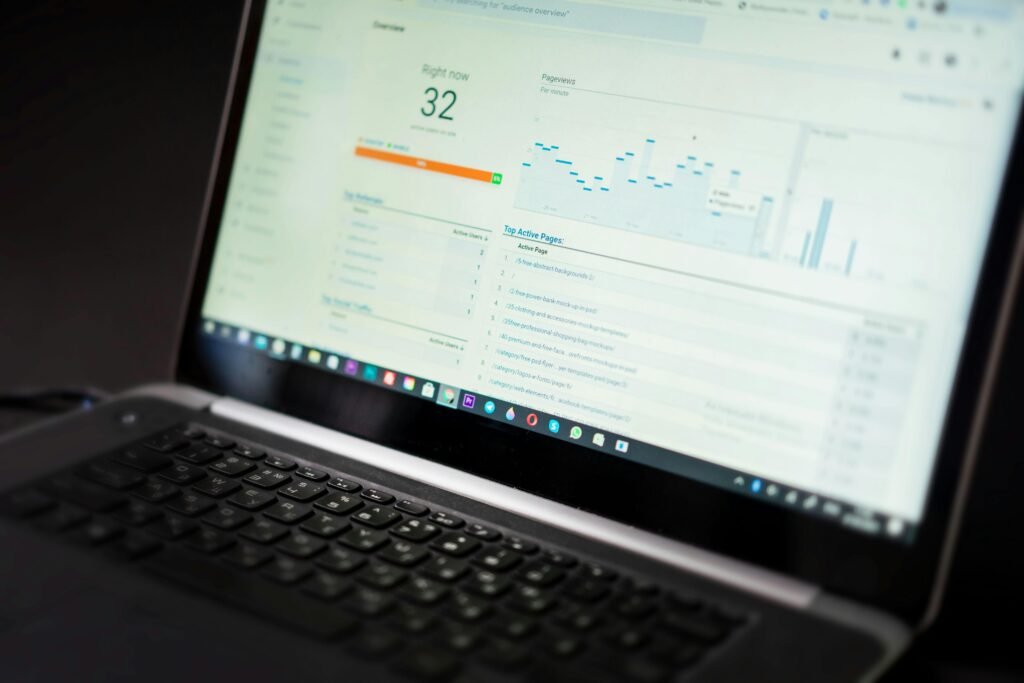Have you ever wondered why some videos keep viewers hooked while others fizzle out after 10 seconds? The streaming world is brutally competitive, and if your content isn’t optimized for watch time, it’s like throwing spaghetti at a wall—most of it just slides off. Watch Time Optimization isn’t just a buzzword; it’s the secret sauce that separates viral hits from digital tumbleweeds.
In this guide, you’ll discover:
- The science behind watch time metrics
- Actionable steps to craft binge-worthy content
- Bonus tips straight from industry pros
- Real-world case studies
Table of Contents
- Key Takeaways
- Why Watch Time Matters More Than You Think
- Step-by-Step Guide to Mastering Watch Time Optimization
- Pro Tips for Boosting Viewer Engagement
- Case Studies: What Works (and What Doesn’t)
- Frequently Asked Questions About Watch Time Optimization
- Wrapping Up: Your Next Steps
Key Takeaways
- Watch Time Optimization directly impacts algorithm performance on platforms like YouTube and TikTok.
- Data-driven decisions are essential, but creativity keeps audiences engaged.
- Engagement hooks within the first 5 seconds can skyrocket retention rates.
- Poorly paced content kills viewer interest—don’t let your masterpiece become a snoozefest.
Why Watch Time Matters More Than You Think
Let’s face it: algorithms adore watch time. On platforms like YouTube, it’s not just about views—it’s how long people stick around. Did you know a single minute of extra engagement can increase video rankings by up to 30%? That’s right. If viewers bail early, your brilliant content might as well be invisible.
I once uploaded a beautifully edited tech explainer video expecting fireworks. Instead, I got crickets because my intro dragged longer than an unskippable ad. Lesson learned? Audiences today have shorter attention spans than goldfish—seven seconds tops before they lose interest.

Step-by-Step Guide to Mastering Watch Time Optimization
Optimist You: *“These strategies will save my channel!”*
Grumpy You: *“Great, but only if I don’t have to deal with analytics overload.”*
Step 1: Start Strong with Attention-Grabbing Hooks
Forget generic intros. Dive straight into action or intrigue. For example:
- Ask a thought-provoking question (“What if I told you Netflix uses AI to predict your next binge?”)
- Show dynamic visuals or animations.
- Promise value upfront (“In the next two minutes, you’ll learn how to double your streaming revenue”).
Step 2: Use Data to Identify Drop-Off Points
Analyze heatmaps in streaming analytics tools like YouTube Studio or Tubular Insights. Look for moments where watch time plummets. Maybe the pacing slows, or there’s too much filler talk. Fix those weak spots!
Step 3: Optimize Video Length Based on Audience Behavior
Shorter isn’t always better. While TikToks thrive under one minute, educational videos need depth. Study your audience retention graphs to find their sweet spot.

Pro Tips for Boosting Viewer Engagement
- Create Cliffhangers: End sections with teasers like “But wait—there’s more” to keep them watching.
- Leverage Music and Sound Effects: Subtle cues like ding sounds during key points trigger dopamine hits.
- Utilize Captions: Over 80% of viewers engage more when captions are available.
One terrible tip? Stuffing keywords everywhere. While SEO matters, shoving awkward phrases ruins flow faster than buffering kills immersion.
Case Studies: What Works (and What Doesn’t)
Take Joe Rogan’s podcast episodes vs. typical morning news clips. His casual storytelling format keeps listeners tuned in for hours, whereas scripted segments often lead to quick exits.
Another success story? A gaming YouTuber who added custom thumbnails and suspenseful beginnings saw a 45% boost in average watch time. Meanwhile, a corporate webinar lacking visuals lost half its audience in five minutes.

Frequently Asked Questions About Watch Time Optimization
Q: Does watch time affect monetization?
Absolutely. Longer sessions signal platform loyalty, boosting eligibility for ads and sponsorships.
Q: Can editing software help improve retention?
Yes! Tools like Adobe Premiere Pro offer features to trim low-retention areas based on user behavior reports.
Q: How many calls-to-action should I include?
One per 5–7 minutes works best. Too many annoy viewers; too few leave money on the table.
Wrapping Up: Your Next Steps
Boosting watch time requires equal parts strategy and soul. Remember:
- Craft magnetic hooks
- Tailor length to your niche
- Iterate based on real data
Now go forth and crush those streaming metrics! And remember… like dial-up internet, slow starts are outdated. #ChefKiss
(P.S. Want extra vibes? Like a Tamagotchi, your Watch Time Optimization strategy needs daily care.)

